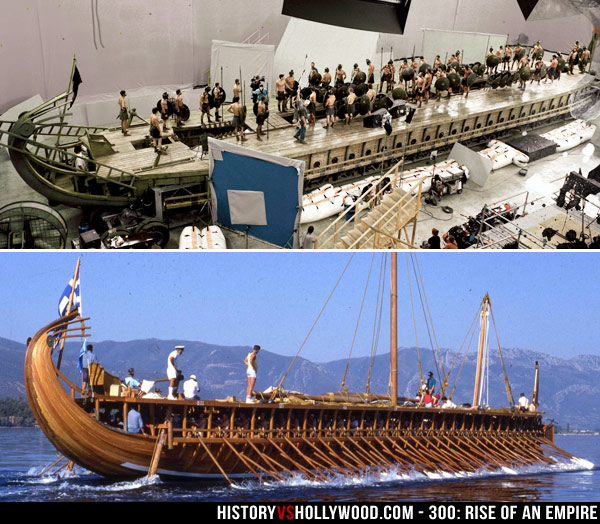


Herodotus estimated the Persian army to number in the millions, but modern historians tend to doubt his reportage.

The Persian army at the beginning of the battle is estimated to have numbered 180,000 with most of the troops being taken from the various regions of Persian territory.The battle resulted in the death of Leonidas, who became a hero for his decision to remain behind and fight to the death.Leonidas, one of the Spartan kings at the time (Sparta always had two), led the Greek forces, whereas the Persians were led by their emporer Xerxes, as well as his main general, Mardonius.The Battle of Thermopylae took place at the end of August/beginning of September in 480 BCE.Xerxes prepared for his invasion by amassing one of the largest armies the ancient world had ever seen.īefore going into much more detail about the events that took place leading up to and during the Battle of Thermopylae, here are some of the most important details of this famous battle: Lastly, the Greek army was grossly outnumbered. To add to this, Xerxes, the Persian king, was out for revenge after the Greek army had defeated his father just 10 years prior. The Persians, who had grown over the previous century to be the most powerful empire in western Asia and the second largest empire in the world, set out to bring the Greeks under their control once and for all. First, the Greeks, who have had a tremendous influence in the formation of world culture, fought this battle to protect their very existence. However, when we dig a bit deeper into the story of the Battle of Thermopylae, we can see why it has become such a beloved tale from our ancient past. The Battle of Thermopylae, fought between the Greeks and the Persians in 480 BCE, has gone down in history as one of the most significant last stands of all time, despite the fact the “hero,” the Greeks, walked away from this battle defeated and on the brink of complete destruction.


 0 kommentar(er)
0 kommentar(er)
